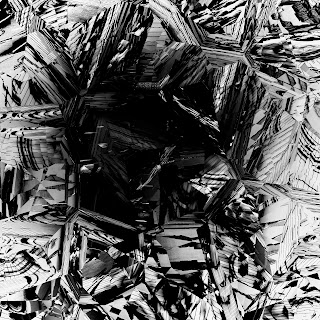Art has always been my compass and my passion. Art has also been and continues to be my means of communication: an expression of that which I see/feel and how I interpret these sensations. My "art expressions" have gone through many iterations: photography, illustration, portraits, landscapes film, pastels, oils, digital, watercolors to name several. Although during each specific phase of my dedication to art, I devote myself to a particular focus, my mind is always crowded with ideas. I avidly study art in all of its marvelous forms for inspiration and these explorations add to my desire and need to create. Not necessarily create the art I study, but give my inspirations a new spin. For example: if I were studying Michelangelo's sculpture, I do not yearn to carve marble but rather to incorporate the master's delineation of the human form and shape into my creation of still life. Or if I am fascinated by the animated art produced by Disney's wonderful artists, I may learn new techniques for composing for my architecturals. Fortunately, I am able to continuously study the masters to expand my skills and perspectives.
Years ago, I met a man who became my mentor: Murray Miller. Miller was a genius portrait painter. Effortlessly, it seemed, he created pastel and oil studies and portraits during our weekly art forays to the 3-hour pose at the Salmagundi Club in Greenwich Village, NYC. Miller studied all the greats of portraiture, Raeburn, Sargent, Velasquez. And he taught me to appreciate nuances of tone, line, form, and especially light. Advising me to paint still life in order to understand these and space, composition, relationships, Miller showed me how still life could help me to build a foundation for photographing and painting my subjects. I began to photograph and to paint still life under his tutelage. The spacial aspects of still life are invaluable concepts that teach how to effect 3-dimentionality on a 2-dimentional canvas or in a photograph. Although still life is perhaps usually more "quiet" than other subjects, it is equally as powerful a statement. I painted still life and photographed it for years, but then moved on to primarily focus on other subjects. I think that art can be a cumulative venture: I tried to take all the opportunities and means I could to express my vision, journeying from one application to another while utilizing all of the previous lessons.
To the ends of skill building: upon graduation from college, I became an architectural draftsman by day, while pursuing commercial and fine art photography and painting by night. I have always drafted, designed, drawn and photographed architecture. Therefore, throughout my other art experiences, architectural photography threaded through all I artistically endeavor. However, COVID-19 put the breaks on taking photographs of buildings where I would be out and about in the world. "Quarantine: Perfect opportunity to de-clutter my very cluttered house," I thought early on. As I packed boxes of objects to give away, I began to examine the bowls, jars, silvery trays. The textures and shapes seemed so interesting. I juxtaposed form with design with line. As I set these up in my studio window space, I saw how the north light enhanced each object by itself and in tandem with the other pieces of the composition. I began to think of shapes and colors in light as well. Colors always evoke flowers for me. Remembering a series of photographs I took at the New York Botanic Gardens right before COVID-19, I began the delightful pastime of delving into florals.
Photographing flowers is similar to that of still life. Although flowers are living beings and many still life objects are inert, it is the task of the artist/photographer to give each life: a 3-dimentional presence on a flat surface. Therefore, during COVID-19, I used my time to create still life and flower photographs: infusing my days with art. It has been a strengthening and productive experience. I certainly did not wish for a pandemic and am deeply saddened and disturbed by the tremendous havoc, pain and illness COVID-19 has caused. However, I as always, turn to art for peace, hope, beauty and purpose. I hope for an end to the pandemic and the devastation it has caused throughout the world. As I anxiously wait with all humanity for health to return, I will look to art for comfort and purpose.
 |
| "Pears" Color Photography Still Life-Ellen Fisch 2020 |
 |
| "Apples"Color Photography Still Life-Ellen Fisch 2020 |
 |
| "Hydrangea" Black & White Photography Still Life-Ellen Fisch 2020 |
 |
| "Eggs" Black & White Photography Still Life-Ellen Fisch 2020 |
 |
| "Gladiola" Sepia Photograph with Color-Ellen Fisch 2020 |
 |
| "Rhododendron" Color Photography-Ellen Fisch 2020 |
 |
| "Orchid" Color Photography-Ellen Fisch 2020 |






















